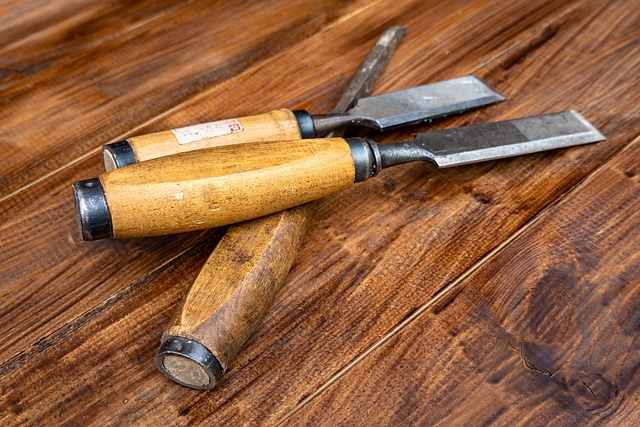The best time to trim evergreen trees in Arvada is during late winter to early spring, before new growth begins, to ensure faster healing and minimize pest/disease risks. Regular inspections are crucial for identifying hazardous limbs, and professional assistance may be needed for accurate pruning techniques that preserve tree health.
In Arvada, understanding when and how to care for your evergreen trees is essential. This guide delves into the art of identifying hazardous limbs that require careful removal. With the right knowledge, you can ensure the health and safety of your trees. So, what’s the best time to trim? Discover the optimal climate conditions in Arvada for effective evergreen tree maintenance. Learn safe practices to efficiently navigate this process, transforming your landscape with well-cared-for trees.
- Identifying Hazardous Limbs in Evergreen Trees
- The Best Time to Trim in Arvada's Climate
- Safe Practices for Efficient Limb Removal
Identifying Hazardous Limbs in Evergreen Trees

Evergreen trees, known for their year-round foliage, require careful attention when it comes to limb removal, especially hazardous ones. In Arvada, the best time to trim these trees is during the dormant season, typically from late winter to early spring, avoiding active growth periods. This is crucial as evergreens tend to heal faster and maintain their shape better during cooler months.
Identifying hazardous limbs involves assessing factors like size, location, and health. Large branches hanging low or close to structures are potential risks. Diseased or dead limbs should also be targeted. Regular inspections can help detect these issues early. Proper pruning techniques are essential to ensure the tree’s structural integrity and promote healthy growth, so consider seeking professional assistance if needed.
The Best Time to Trim in Arvada's Climate

In Arvada, with its unique climate characterized by cold winters and hot summers, the best time to trim evergreen trees is typically during the late winter or early spring months. This period, just before new growth begins, allows for optimal healing and reduces the risk of pest or disease introduction. Trimming during this time ensures that any wounds sustained from the process are quickly sealed off, minimizing potential damage.
Moreover, waiting until late winter or early spring avoids the extreme heat and dryness of summer, which can stress trees already undergoing the trimming process. The cooler temperatures make it easier for trees to recover, promoting healthy regrowth. For Arvada residents with evergreen trees, adhering to this timing is crucial in maintaining the overall health and vibrancy of their landscapes.
Safe Practices for Efficient Limb Removal

When is the best time to trim evergreen trees in Arvada? The optimal window for efficient and safe limb removal is typically during the late winter or early spring, before new growth begins. This period allows tree care professionals to identify and address any damaged or hazardous limbs while minimizing stress on the tree.
During this time, the absence of heavy leaves makes it easier to assess the structure of the tree and perform precise cuts. Proper tools, such as sharp saws and pruning shears, are essential for clean cuts that promote healing. Remember to always wear protective gear, including gloves and safety glasses, and never attempt to trim large limbs without proper training or equipment, especially in Arvada’s diverse landscape where weather conditions can vary.
When it comes to tree care, especially hazardous limb removal from evergreen trees in Arvada, knowing the best time to trim is crucial. By understanding the ideal climate conditions and adopting safe practices, you can ensure efficient and effective maintenance. So, remember, the best time to trim evergreen trees in Arvada is during their dormant seasons, typically late fall or early spring, to minimize stress and promote healthy growth.
